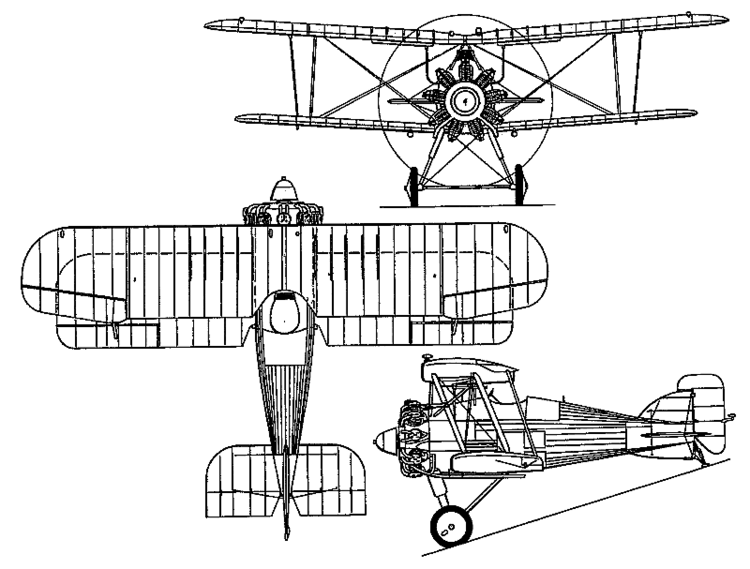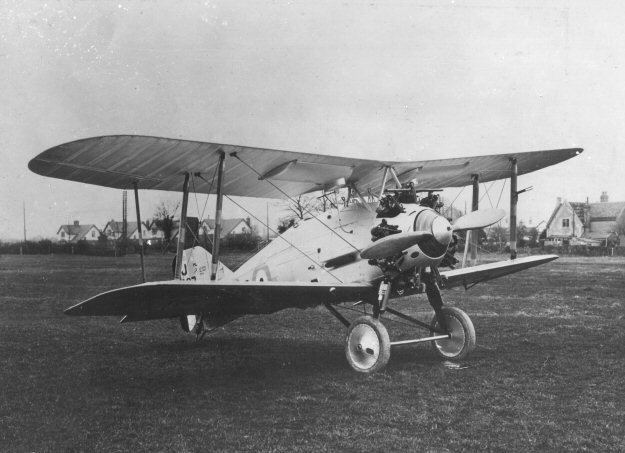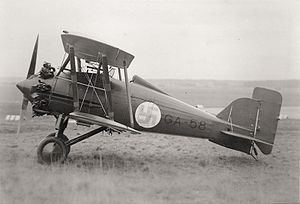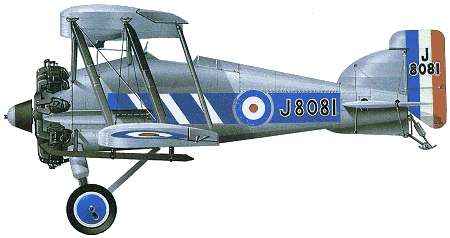Top speed 249 km/h Length 5.99 m | Wingspan 9.07 m First flight February 1925 | |
 | ||
The Gloster Gamecock was a biplane fighter of the Royal Air Force, a development of the Mk III Grebe, that first flew in February 1925. It differed from the Grebe primarily by way of its Bristol Jupiter engine, which replaced the unreliable Armstrong Siddeley Jaguar. Other changes included improved ailerons, refined fuselage contours, and internally mounted machine guns.
Contents

The Gamecock Mark I entered service with No. 23 Squadron RAF at RAF Henlow in May 1926 and they were also the last of six squadrons to operate the fighter until July 1931. This was a fairly short RAF service life, partly because of its high accident rate - of the 90 operated by the RAF, 22 were lost in landing or spin accidents. These faults were remedied in the Mk. II version, by means of a longer upper wing and a modified tail unit.

During the Finnish Winter War 1939-40, a Gamecock was used to capture a Soviet Ilyushin DB-3 bomber. On 29 January 1940 the Finnish Gamecock strafed two Soviet DB-3s when they landed on Finnish soil (which they mistook for Estonia) to transfer fuel from one plane to the other. The strafed crews hurried into the one plane which had enough fuel remaining and escaped, leaving the DB-3 behind to be captured by the Finns.

Variants

Operators

Specifications (Mk. I)
Data from The Era-Ending Gamecock
General characteristics

Performance
Armament
